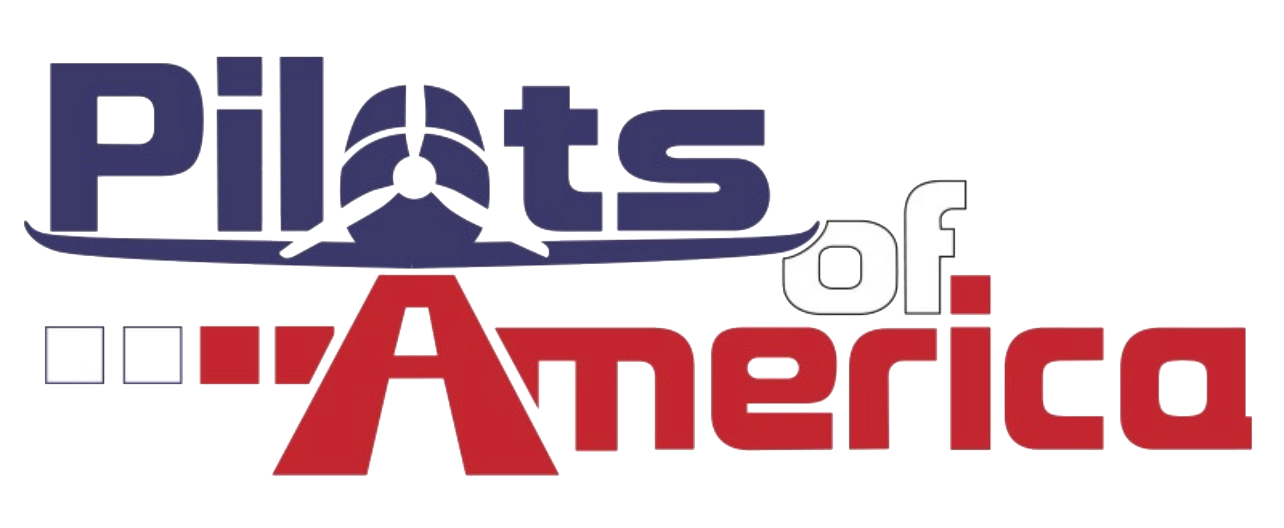I'm new to the forum, so let me know if I'm stepping out of bounds ...
I'm building an experiment Tailwind with the Wittman steel rod gear legs. I'm also a general class ham who knows just enough about antennas to get into trouble, so here goes.
I've read that an antenna will radiate just fine whether it's resonant or not, the matching to it matters to the transmitter, reflected power in specific. That having been said, I look at those gear legs and a j-pole comes to mind, though they are too short for the classic j-pole, too long to be 1/4 wave elements, plus I suspect that the wheels on the end will act as capacitive loads.
I really don't want an antenna sticking out in the airstream, so keep looking for other options.
Does anyone think it would be possible to match a comm radio to these 28" legs that are physically grounded to the tubular airframe?
Anyone know of an auto-tumer that works in the aviation comm band?
Clear as mud? - Thanks for putting up with my crazy idea.
I'm building an experiment Tailwind with the Wittman steel rod gear legs. I'm also a general class ham who knows just enough about antennas to get into trouble, so here goes.
I've read that an antenna will radiate just fine whether it's resonant or not, the matching to it matters to the transmitter, reflected power in specific. That having been said, I look at those gear legs and a j-pole comes to mind, though they are too short for the classic j-pole, too long to be 1/4 wave elements, plus I suspect that the wheels on the end will act as capacitive loads.
I really don't want an antenna sticking out in the airstream, so keep looking for other options.
Does anyone think it would be possible to match a comm radio to these 28" legs that are physically grounded to the tubular airframe?
Anyone know of an auto-tumer that works in the aviation comm band?
Clear as mud? - Thanks for putting up with my crazy idea.
